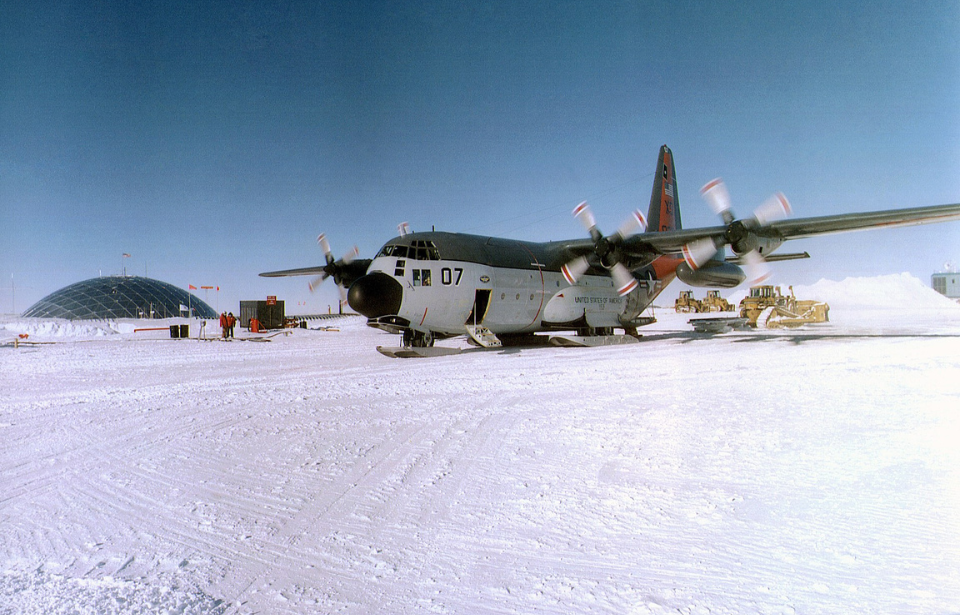In the midst of the Cold War, the United States came together with countries around the world to research one of the most remote areas of the world: Antarctica. Codenamed Operation Deep Freeze, the expeditions, which continue to this day, aim to provide a better understanding not just of the Earth’s climate, but of various environmental and ecological phenomena, all in the support of the US Antarctic Program and the National Science Foundation.
Turning attention toward Antarctica
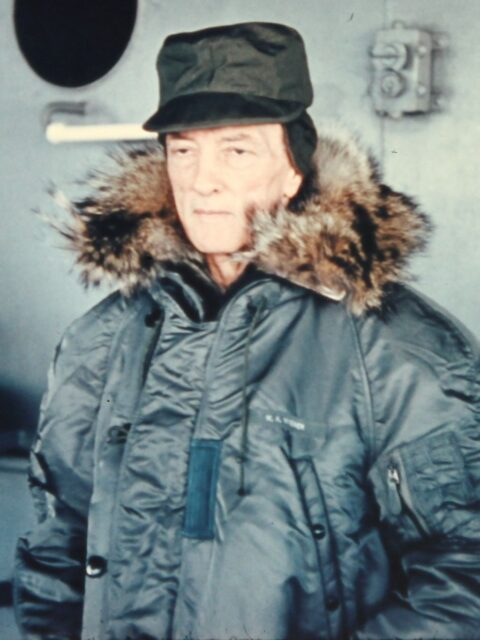
In 1955, the United States began a mission that forever changed the landscape of Antarctic exploration: Operation Deep Freeze. Initiated in the context of the International Geophysical Year (IGY) 1957-58, it was a collaborative effort among 40 countries to advance global understanding of earth sciences via expeditions to the North and South Poles.
At the time, just a portion of Antarctica had been explored, and the US, the Soviet Union, France, the United Kingdom, Japan, New Zealand, Argentina, Norway and Chile volunteered to land there and conduct additional research.
The US Navy, under the leadership of Adm. Richard E. Byrd, spearheaded the expedition to support American scientists in their IGY-related studies. Task Force 43 (TF 43), commanded by Rear Adm. George J. Dufek, was established with the sole purpose of providing the necessary logistical support.
The operation subsequently set the stage for extensive research and the establishment of permanent research stations on the Antarctic continent.
Operation Deep Freeze I
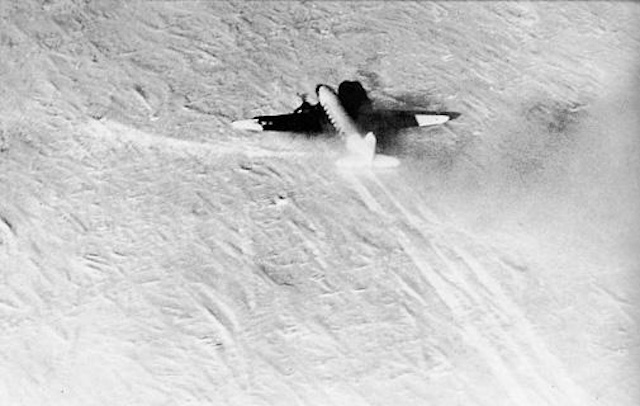
The initial phase, known as Operation Deep Freeze I, took place from November 1955 to April ’56. It was a truly monumental undertaking, involving several ships and aircraft to transport personnel, equipment and supplies to Antarctica.
The primary objective was to establish two research stations: Little America (in Kainan Bay) and McMurdo Station (on McMurdo Island). The expedition also included reconnaissance missions and scientific projects, with 1,800 men deployed to carry out these tasks. The US Navy deployed what became Antarctic Development Squadron Six (VXE-6), which flew nine long-range flights over the continent.
Despite the harsh conditions, the mission was successful, establishing a permanent base at the South Pole and paving the way for future scientific endeavors. What’s more, it was unique in that it was filmed by both the Navy and Walt Disney Pictures, with Walt Disney himself being named an honorary member of the expedition.
Continuing Operation Deep Freeze

Following the success of Operation Deep Freeze I, the US military continued its involvement in Antarctica, with each subsequent mission building on the achievements of its predecessors. The naming convention eventually changed, with the codenames being based on the year – for example, “Operation Deep Freeze 60,” which took place in 1960.
The US Coast Guard and other military branches occasionally participated, providing additional support for the missions. The Antarctic Development Squadron Six continued to play a key role in these operations, flying scientific and military missions to Greenland and Antarctica.
Over the years, Operation Deep Freeze evolved to include support from the US Air Force and the Air National Guard, with both taking over control of the missions in 1999, largely due to budgetary issues. This also led to the deactivation of VXE-6.
Involvement of other nations
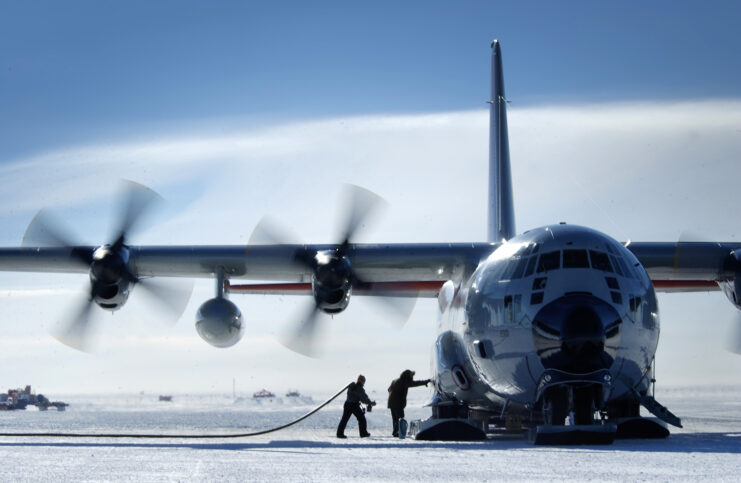
International collaboration has been a cornerstone of Operation Deep Freeze, with several countries participating in the Antarctic research; the likes of New Zealand, the United Kingdom, France, Japan and Norway have joined the United States in conducting scientific studies on the continent. Several countries, like Australia, Germany and Italy, have also established research stations to conduct research in glaciology, geology and climate science, often in partnership with the US and other nations.
This cooperation has led to a better understanding of Antarctic hydrography, weather systems, glacial movements and marine life. The Antarctic Treaty System, established in 1959 and ratified two years later, further solidified international collaboration, ensuring the continent remains a zone of peace and scientific research by putting aside territorial claims.
Current status of Operation Deep Freeze
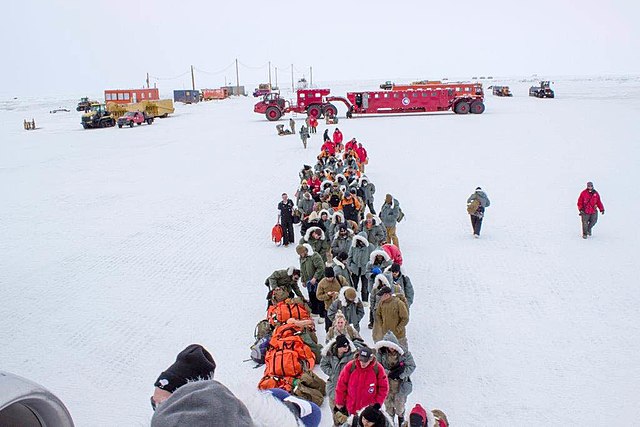
Today, Operation Deep Freeze continues to support the US Antarctic Program (USAP) and the National Science Foundation (NSF). It’s primarily conducted during the Antarctic summer (late September to early March), with military support missions flown from Christchurch International Airport, in New Zealand.
The Air National Guard’s 109th Airlift Wing plays an important role in these missions, using ski-equipped Lockheed LC-130 Hercules aircraft to transport cargo and personnel to remote locations on the continent. These are supported by the US Coast Guard cutters, the Air Force Materiel Command and the Military Sealift Command.
Operation Deep Freeze’s current focus includes logistical support for scientific research, with the US Air Force and Air National Guard providing intercontinental airlift services. The LC-130s are equipped with retractable skis and JATO rockets, which have allowed them to land on Antarctica’s snow- and ice-covered surface.
The expeditions also include search and rescue missions, bulk fuel supply and aeromedical evacuations.
Future of Operation Deep Freeze
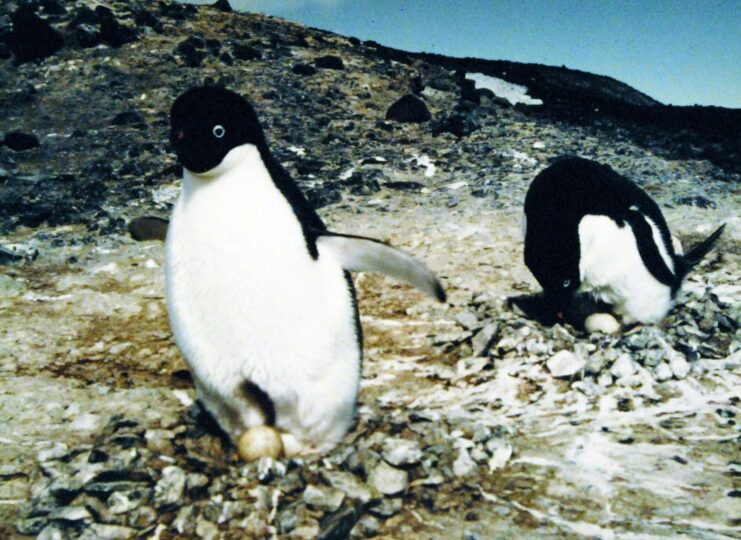
The scientific research being conducted in Antarctica has far-reaching implications for our understanding of climate change and environmental science. Studies on ice cores, for example, provide valuable data on historical climate patterns, helping scientists predict future climate trends. The continent’s ecosystem has also offered important insights into biodiversity and adaptation.
More from us: Operation Argus: The US Military’s Attempt to Block Soviet Attacks With Artificial Radiation Belts
Want War History Online‘s content sent directly to your inbox? Sign up for our newsletter here!
Advances in technology and logistics will enhance the efficiency and safety of future Operation Deep Freezes, allowing researchers to access more remote areas of Antarctica. The future of Antarctic exploration will likely involve further international cooperation, with more countries participating in scientific research and environmental conservation efforts – especially with growing concerns over the current state of the Earth’s climate.
